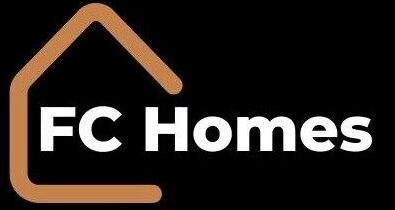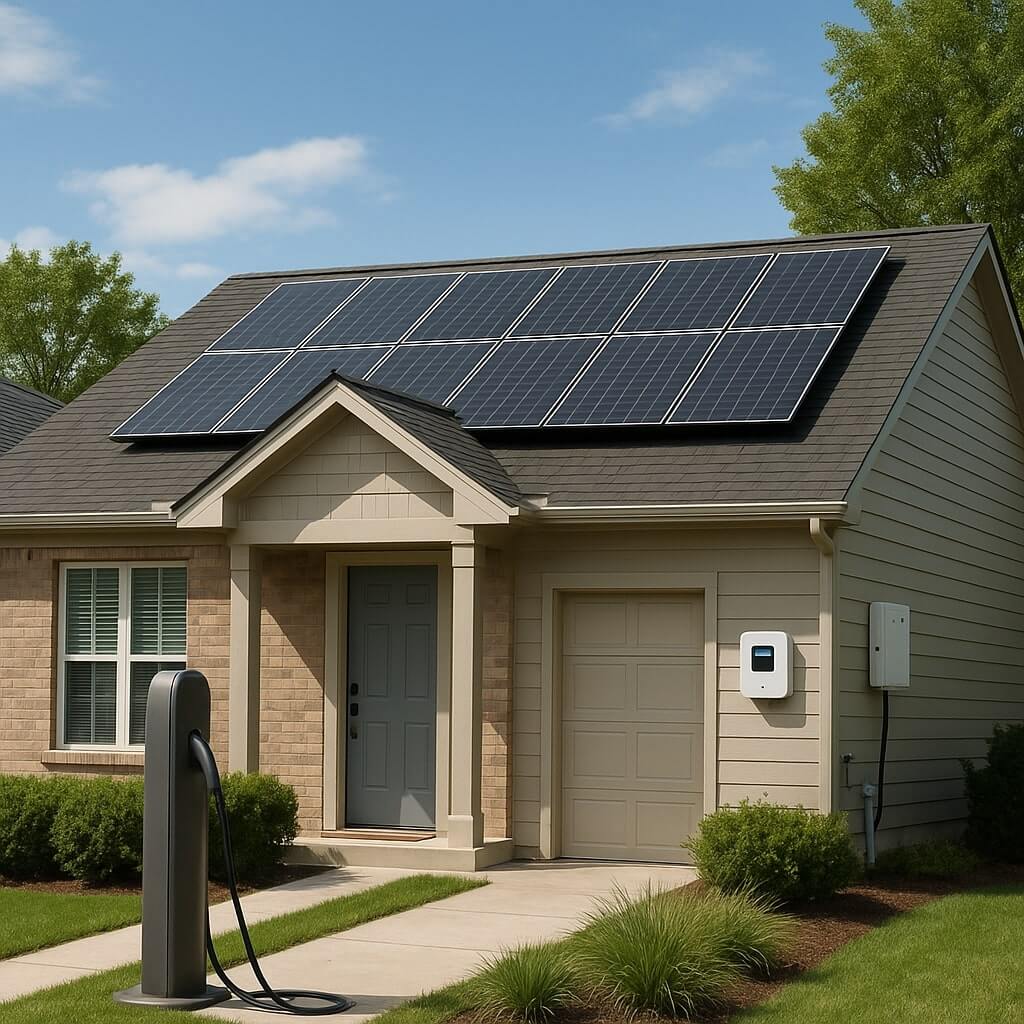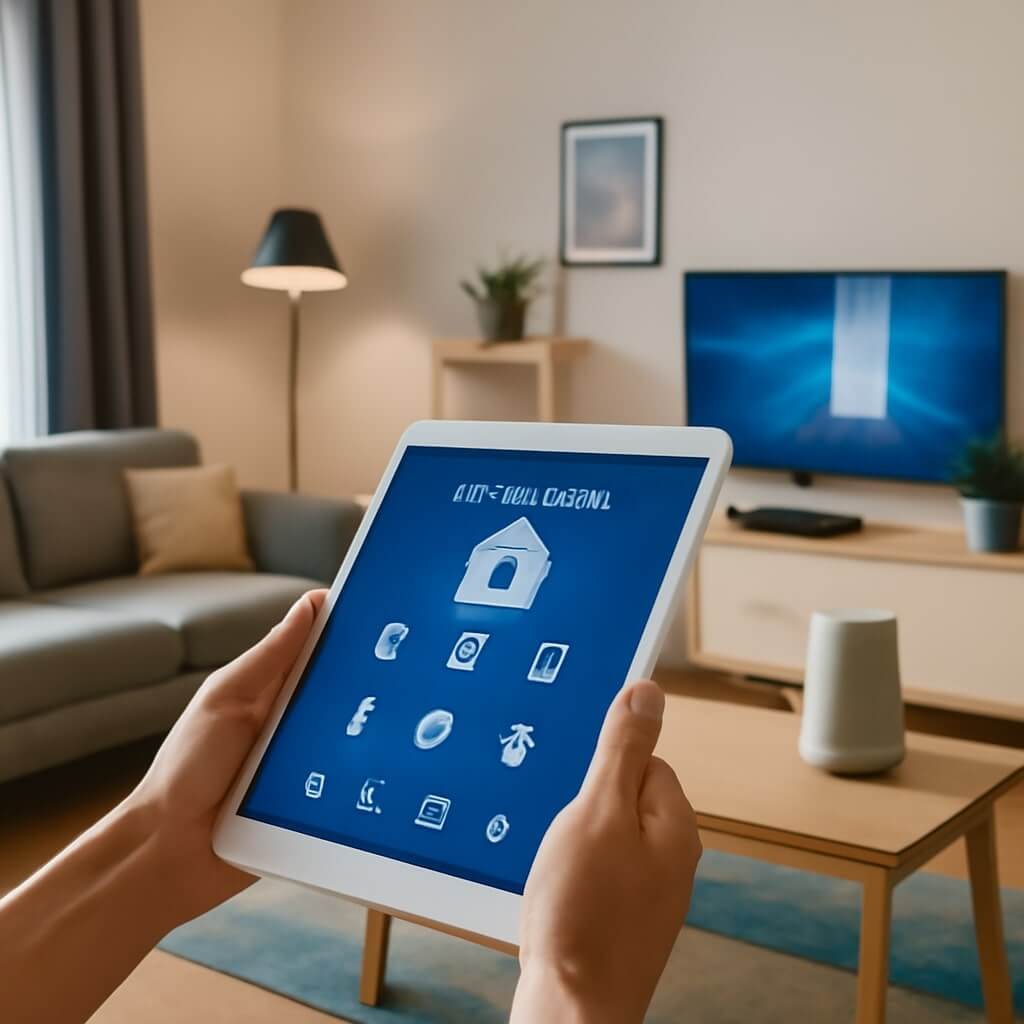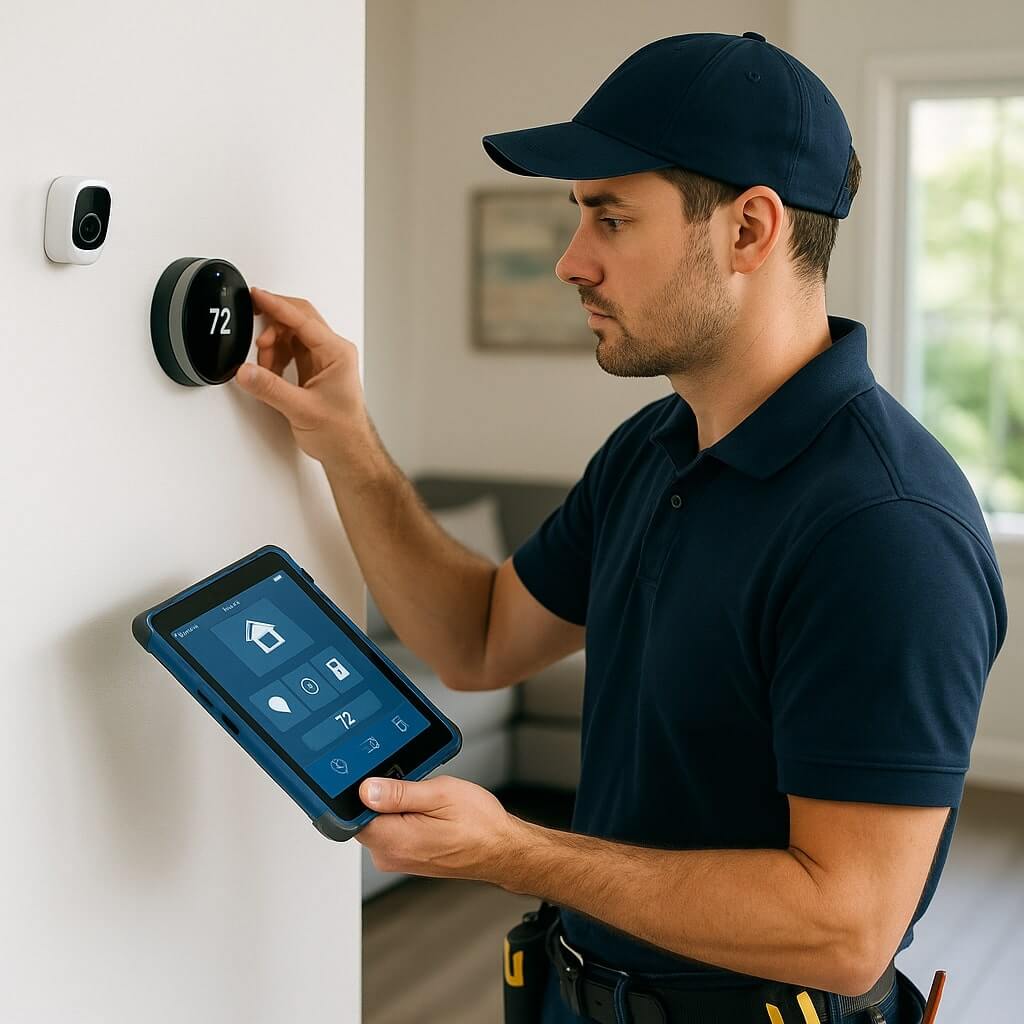As smart home technology and renewable energy become increasingly accessible, homeowners have more tools than ever to reduce energy consumption and lower utility bills. One of the most effective strategies is combining smart home automation with solar energy—especially when taking advantage of available solar incentive programs.
This article explores how integrating smart home features with solar panels, and leveraging state or federal incentives, can help you boost energy efficiency and significantly cut costs.
What Are Solar Incentive Programs?
Solar incentive programs are government-backed or utility-sponsored initiatives designed to encourage the adoption of solar energy. These programs offer financial benefits such as:
- Federal Investment Tax Credit (ITC)
- State-specific rebates and grants
- Performance-Based Incentives (PBIs)
- Net Metering
- Solar Renewable Energy Certificates (SRECs)
When used wisely, these incentives can significantly reduce the initial cost of installing a solar panel system, making the switch to solar more financially viable.
How Smart Homes Enhance Energy Efficiency
Smart homes use connected devices to monitor, automate, and optimize home systems. Key components include:
- Smart thermostats that learn your behavior and adjust temperatures automatically
- Smart lighting systems with motion detection and scheduling
- Energy monitoring devices that provide real-time usage data
- Smart appliances like refrigerators, washers, and HVAC units that operate at peak efficiency
These systems allow homeowners to reduce waste, lower energy bills, and control their usage from a smartphone or voice assistant.
Combining Solar Energy and Smart Technology
Pairing smart home automation with solar panels offers a powerful combination for savings and sustainability. Here’s how:
1. Optimize Energy Usage
Smart devices can be programmed to operate when solar production is at its peak, reducing reliance on the grid.
2. Load Shifting
Smart thermostats or EV chargers can shift energy use to coincide with high solar output times, maximizing self-consumption.
3. Energy Storage Integration
When combined with battery storage, smart systems can manage when and how stored energy is used, minimizing time-of-use charges.
4. Reduced Payback Period
By lowering total energy demand through automation, you reduce your overall electricity use, speeding up the return on your solar investment.
Real-World Savings Potential
Example Scenario:
A household installs a 6kW solar system and smart home devices like a thermostat, lighting, and appliance controls. With net metering and state rebates, the system pays for itself in 5–7 years, while smart devices lower monthly utility bills by 10–30%.
Common Solar Incentives by Region
| Region | Incentives Available |
|---|---|
| United States | Federal ITC, State Rebates, Net Metering, SRECs |
| Canada | Greener Homes Grant, Net Metering |
| European Union | National Feed-in Tariffs, VAT reductions |
| Australia | Small-scale Technology Certificates (STCs), Feed-in Tariffs |
Check with your local energy authority for the most current programs in your area.
Key Considerations Before Installation
- Roof condition and orientation
- Local climate and sunlight exposure
- Smart home system compatibility
- Incentive eligibility requirements
- Installer certification and warranty
Proper planning ensures you can take full advantage of both smart technology and solar savings.
FAQ
The Federal Investment Tax Credit (ITC) allows homeowners to deduct a percentage of solar installation costs from their federal taxes. For systems installed in 2025, the credit remains at 30%.
Yes. Smart thermostats alone can save up to 15% on heating and cooling costs. When combined with other smart devices, total savings can be significant.
No, but batteries help maximize solar usage by storing excess energy. When paired with smart devices, battery storage enhances system efficiency and resilience.
Solar is still cost-effective over time, but incentives can reduce upfront costs and improve ROI. Without them, payback periods may be longer.
Yes. Many smart home hubs and solar inverters offer unified dashboards or apps that display energy production, usage, and savings in real-time.
Conclusion
Smart home technology and solar energy are powerful tools for improving your home’s efficiency and reducing monthly costs. By leveraging available solar incentive programs, you can make your investment even more affordable and impactful. Whether you’re just starting your smart home journey or ready to install solar panels, the synergy between these two systems is a win-win for your wallet and the environment.




